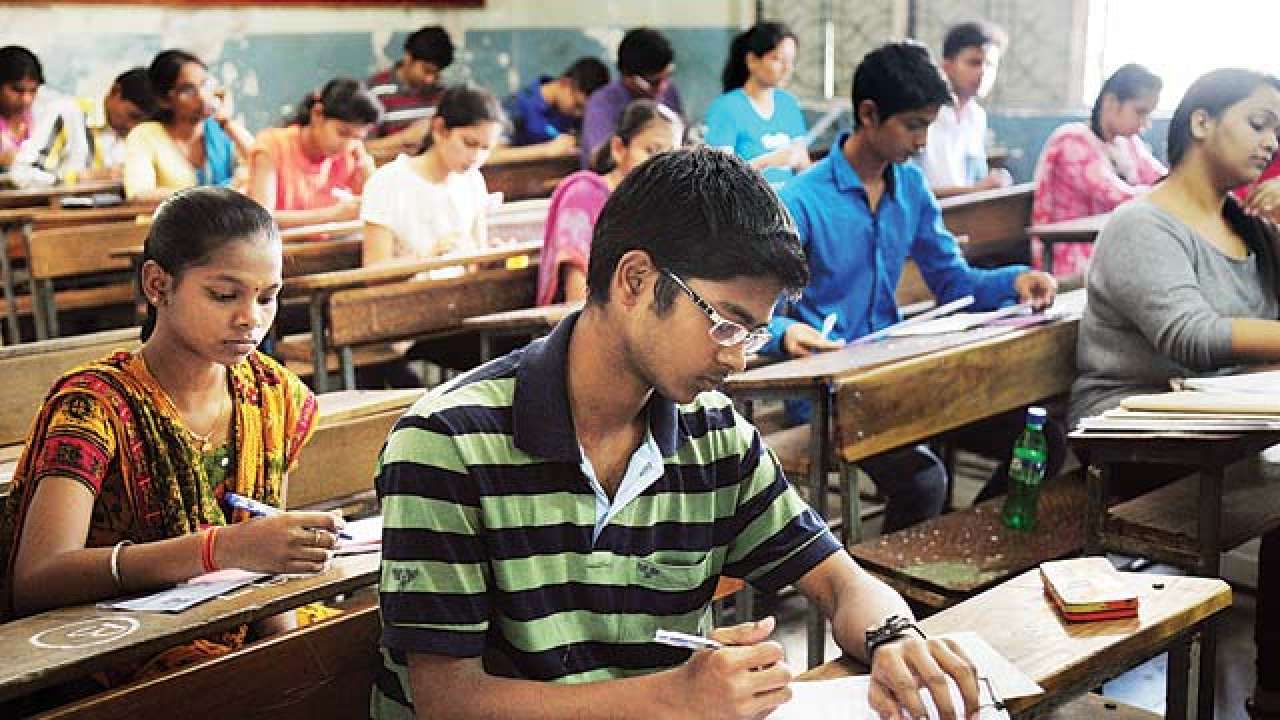
Serving a population of nearly 1.4 billion, the Indian education sector is huge. Addressing the needs of such a large, dispersed and diverse population has its own challenges.
While primary education has witnessed increasing penetration in India, it is higher education that needs our immediate attention.
Higher education consists of vocational education, university education, technical and management education.
Vocational training refers to hands-on and practical training in specific career tracks, while university education entails students enrolling in general degree programmes at the undergraduate level. The Indian Institutes of Technology (IITs) and National Institutes of Technology (NITs) are the best-known institutions in India offering undergraduate, post-graduate, and doctoral studies in various technical fields, while the Indian Institute of Management (IIMs) and institutes like MDI, ISB, FORE, FMS and S P Jain are the best known for imparting management skills.
The greatest challenge the higher education sector is facing is quality and relevance. The 2019 edition of the India Skill Report, an annual survey and a joint initiative of the All India Council for Technical Education (AICTE) and Association of Indian Universities (AIU), shows that only 36.4% MBAs are considered employable!
The employability rate of engineering graduates is relatively better, but still at a low 57.1%! The survey parameters include employability and a skill test.
Over 3,10,000 graduates across disciplines appeared for the test and were evaluated on various subjects, including English, critical thinking, numerical aptitude, domain knowledge, and behavioural competence.
Rampant over-expansion in some areas (such as engineering) and under-expansion in others has resulted in substandard institutions with low standards of curriculum and pedagogy.
Shrinking government budgetary allocation to education has led to a funding crunch in higher education in India. This has, in turn, resulted in the rapid and some would say, unplanned growth of private higher education.
These institutions finance themselves through donations, capitation fees, and high tuition fees. It means that quality private education is accessible only to a small percentage of the population that can afford it.
Some estimates put higher education enrollment rates (percentage of 18-23-year-olds in formal higher education) in high single digits! Enrollment rates are obviously higher in urban areas, implying therefore that rural enlisting is poor, as is gender disparity in enrollment.
The mushrooming of private institutions has led to a situation where degrees are awarded by unregulated or poorly-regulated entities. While regulatory authorities like the UGC and the AICTE have tried to crack down on institutions that are not accredited, students with limited awareness or recourse often fall prey to fly-by-night operators.
The management education sector has grown exponentially in the last few years on the back of demand for management graduates. Since ‘management’ is a relatively subjective topic, it’s small wonder that this field suffers considerably from poor quality institutions, instruction, and curriculum. The net result; low employability of MBA graduates.
Regulation is clearly one of the most important and urgent areas of reform. The present government has declared its intention of putting into place a single higher education regulator, a key recommendation by a number of committees that have examined the poor state of higher education in India.
Strengthening of the vocational education sector will help to open up opportunities for students who want to focus on their careers by building specific and relevant skill sets. The courses need to be affordable, targeted and up-to-date with industry needs.
As disruption takes root and makes present skill sets redundant, higher education needs to reinvent itself with current industry needs.
The rise of the IT sector has limited applicability to higher education. At the same time, course offerings also need to be broadened beyond just IT and engineering to cover areas such as liberal arts.
If India is to achieve its potential and place in the global economy, higher education will need to do a fair degree of heavy lifting. This will involve a renewed focus on curriculum and pedagogy, faculty abilities, research capabilities, industry partnerships, and infrastructure. The road is a long and hard one, but the destination holds a lot of promise.
The author is director, FORE School of Management, New Delhi